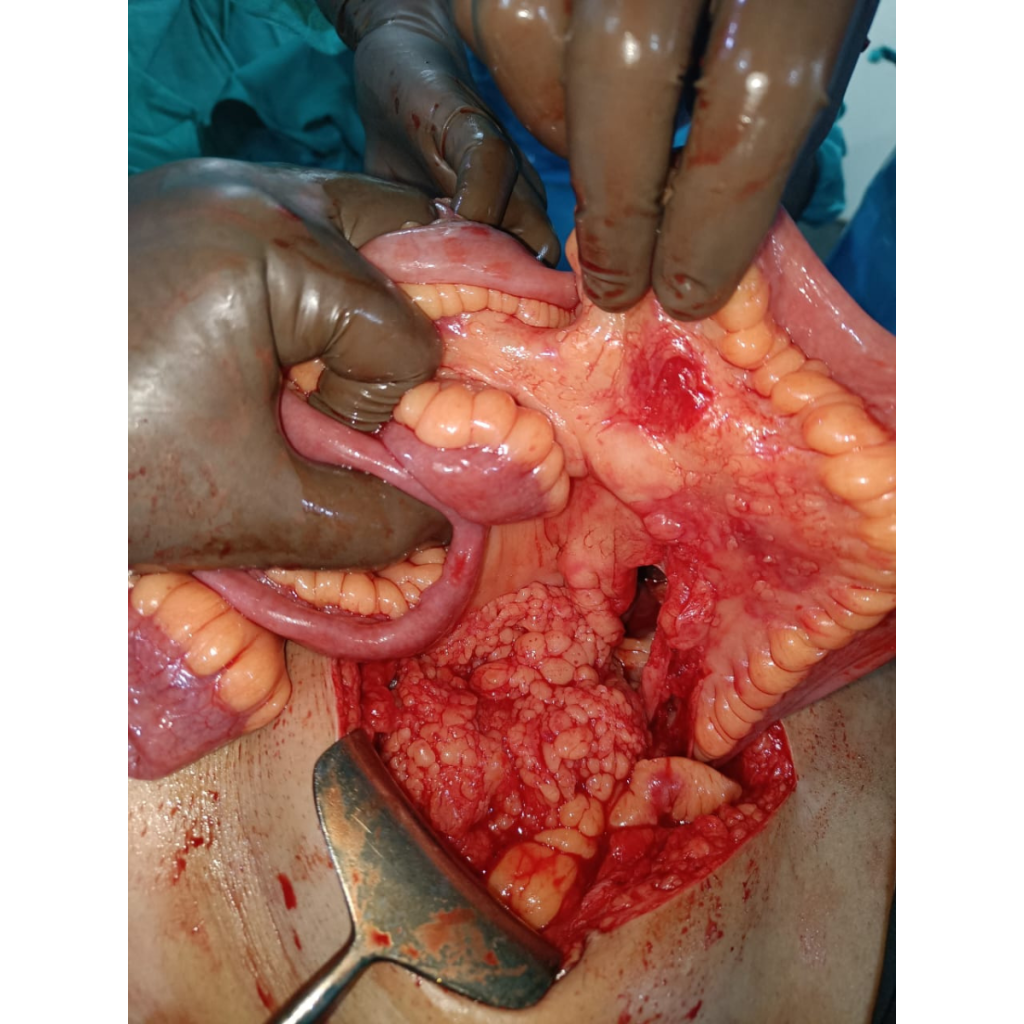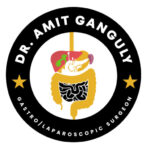Abdominal Trauma
Abdominal trauma, resulting from injury to the abdomen, can range from minor bruises to life-threatening conditions. These injuries can occur due to various reasons, such as accidents, falls, or assaults, and require immediate attention. Dr. Amit Ganguly is highly experienced in managing all forms of abdominal trauma, providing rapid assessment and effective treatment to minimize complications and promote healing.
Abdominal trauma can manifest with a variety of signs and symptoms. These can include abdominal pain, tenderness to the touch, rigidity of the abdominal muscles, and external bruises. It’s crucial to recognize these signs and seek medical attention promptly as internal injuries may not always be immediately visible. Complications like blood loss and infection can arise quickly if not treated promptly and appropriately.
The severity and type of abdominal injuries can vary greatly. They can include subcutaneous hemorrhages, where blood pools beneath the skin; lacerations of the abdominal wall, which are cuts or tears in the tissue; intra-abdominal hemorrhage, which refers to bleeding within the abdominal cavity; organ ruptures, such as rupture of the liver or diaphragm; perirenal hemorrhage, which is bleeding around the kidneys; and puncture wounds to the stomach and intestines. Each type of injury requires a different approach to treatment.
Emergency abdominal surgery happens for a group of conditions where a patient reaches to hospital in severe pain, abdominal fullness, vomiting and other symptoms. The probable cause could be from acute appendicitis to bowel gangrene to acute pancreatitis. These need timely diagnosis and early treatment.


Abdominal trauma, resulting from injury to the abdomen, can range from minor bruises to life-threatening conditions. These injuries can occur due to various reasons, such as accidents, falls, or assaults, and require immediate attention. Dr. Amit Ganguly is highly experienced in managing all forms of abdominal trauma, providing rapid assessment and effective treatment to minimize complications and promote healing.
Abdominal trauma can manifest with a variety of signs and symptoms. These can include abdominal pain, tenderness to the touch, rigidity of the abdominal muscles, and external bruises. It’s crucial to recognize these signs and seek medical attention promptly as internal injuries may not always be immediately visible. Complications like blood loss and infection can arise quickly if not treated promptly and appropriately.
The severity and type of abdominal injuries can vary greatly. They can include subcutaneous hemorrhages, where blood pools beneath the skin; lacerations of the abdominal wall, which are cuts or tears in the tissue; intra-abdominal hemorrhage, which refers to bleeding within the abdominal cavity; organ ruptures, such as rupture of the liver or diaphragm; perirenal hemorrhage, which is bleeding around the kidneys; and puncture wounds to the stomach and intestines. Each type of injury requires a different approach to treatment.
Emergency abdominal surgery happens for a group of conditions where a patient reaches to hospital in severe pain, abdominal fullness, vomiting and other symptoms. The probable cause could be from acute appendicitis to bowel gangrene to acute pancreatitis. These need timely diagnosis and early treatment.
